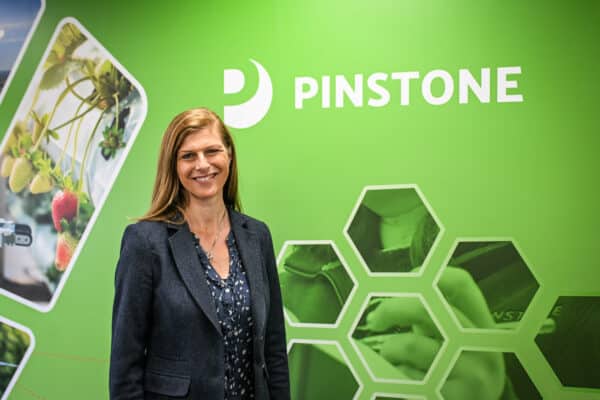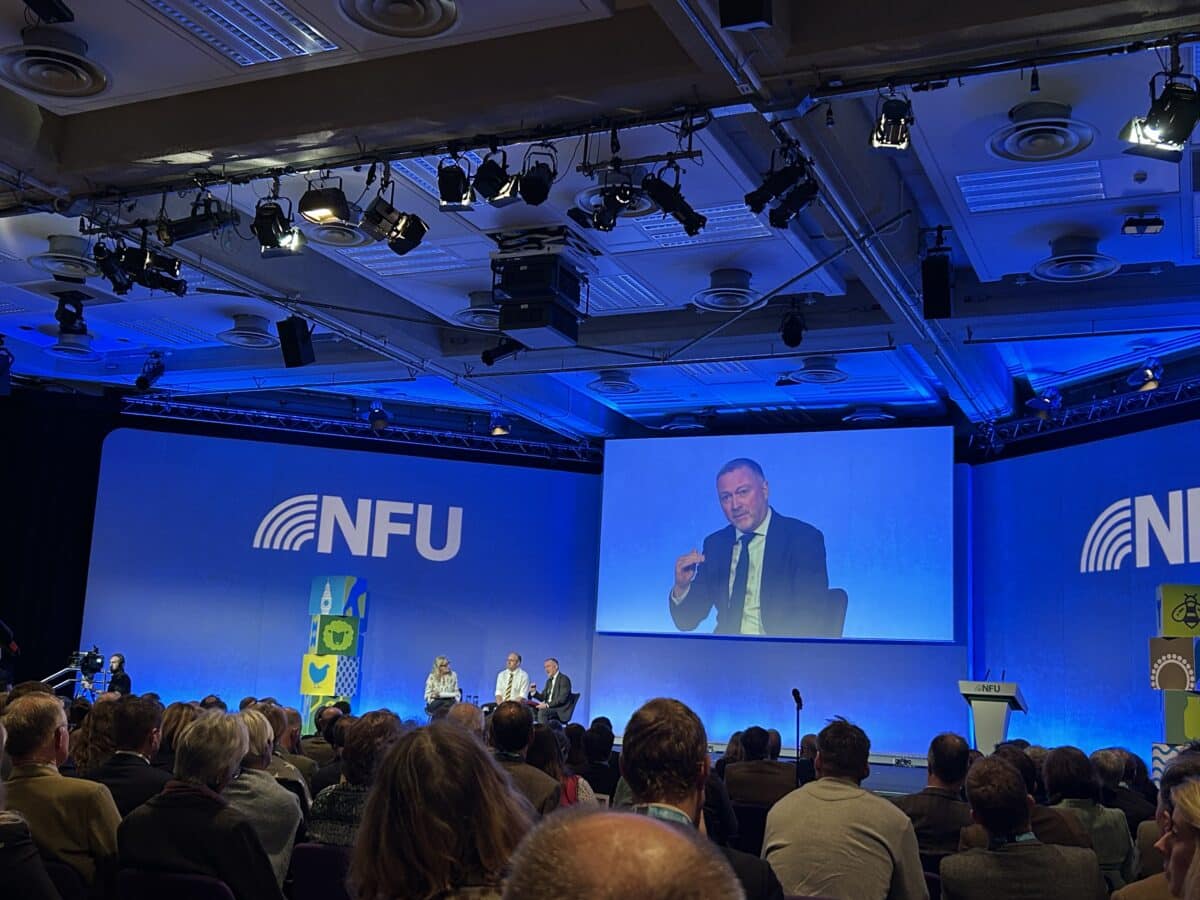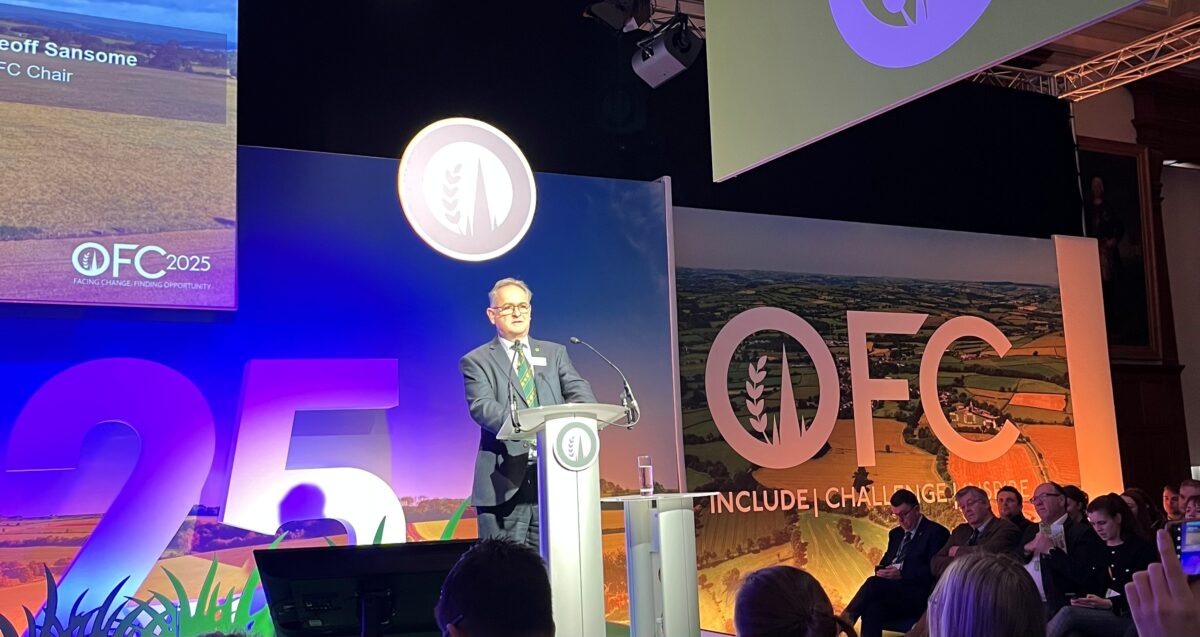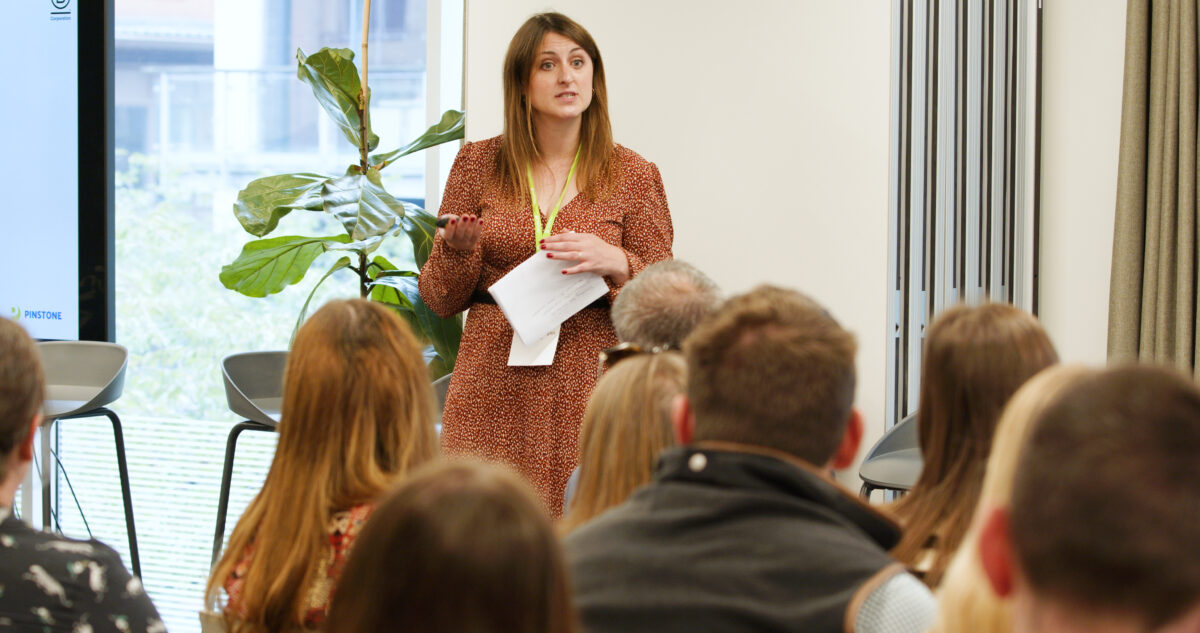Integrating environmental stewardship into agricultural practice and policy is one of the most pressing issues of our time. It’s not only making headlines within our own sector but more broadly as well, as demonstrated by Netflix’s streaming of the feature length documentary, Kiss the Ground, focusing on regenerative agriculture.
Wildlife conservation and its relationship with food production and land management can be a challenging topic. Yet there are fantastic examples of innovative campaigns that showcase the importance of protecting our natural landscapes in fresh and engaging ways.
In episode 11 of the AFCC, Catherine spoke to two campaigners who are promoting wildlife conservation to a range of audiences.
Getting a meaty message across
The first interview struck a particular chord with me, as I’m a huge fan of venison. Listening to David Hooton, deer officer at the Forestry Commission, confirmed that this meat is a marketer’s dream.
Not only is it utterly delicious, it’s incredibly lean, making it a healthier alternative to other red meats. Venison is super versatile and can be used for roasting, steaks, sausages, and casseroles, but also minced in traditional dishes such as a lasagne or chilli. As a completely natural, free-roaming, sustainable food source, venison is a very attractive proposition in my mind.
With all these advantages to its name, its perhaps surprising to hear that sales of venison have dipped significantly over the past 18 months, with carcase price at an all-time low. This sad decline, primarily linked to the Covid-19 impact on the restaurant trade, has led to an innovative working group to be formed to get the UK venison market back on track.
Sighting competition from foreign imports, a growing number of deer in the UK and reduced demand due from the foodservice sector, David, as the Wild Venison Working Group chair, aims to reignite our appetite.
Written by…

Breaking barriers throughout the supply chain
Their tactics stretch the length of the supply chain. This starts with supporting landowners to meet three core objectives of habitat management, environmental stewardship and crop production. At the same time, the working group is actively seeking to develop new sales opportunities with wholesale partners – looking at the ready meals market, schools and the health service which would benefit from venison’s nutritional value. This integrated approach seeks to move venison from being a niche product and into a more mainstream diet.
Changing attitudes by promoting health and environmental benefits
The consumer facing marketing activity culminates in Wild Venison Week which launches early in 2021. This new awareness week aims to change attitudes and inspire consumers to give venison a try.
Part of this education process is based on promoting the underlying objective of improving land conservation. The UK’s rapidly rising deer population is having an adverse impact on our woodlands and hedgerows, disrupting biodiversity. The negative influence the deer have is currently little-known by the public. The growing deer population needs to be effectively managed to control the detrimental impact they have. The result of these essential culls is a truly fantastic, sustainable meat supply.
The Wild Venison campaign seeks to overcome potential barriers to entry by showcasing wildlife-friendly business practices from a conservation perspective. This essential environmental message goes hand in hand with the important health and nutritional benefits of this amazing, high quality product that can (and should) be enjoyed all year round. I’ll be tucking in for sure!
Creating a buzz around biodiversity
Catherine’s second guest, Joe Dimbleby from the Game & Wildlife Conservation Trust (GWCT) provided fascinating insight into the art of creating compelling narratives to give conservation a real, authentic voice.
With a background in journalism, as the former editor of Shooting Times & Country Magazine, Joe has utilised his skills to develop a range of powerful case studies that tell a number of biodiversity success stories.
The case studies that the GWCT has been compiling as part of its ‘Working for Wildlife Initiative’ have provided a fantastic platform to reach out an engage with new audiences.
As 75% of the UK’s land area is farmed, effective land management that protects and supports biodiversity lies in the hands of our farmers. Therefore, conveying the importance of conservation is vitally important, particularly as future agricultural policy places such emphasis on public goods.
Thankfully, Joe’s case studies are helping to engage with farmers and landowners, by putting complex scientific research into context by conveying its practical applications.

A pledge to change behaviours
As Joe highlights:
The use of case studies and their pickup by the wider media has helped to convey important conservation messages to a much wider audience. The case studies have proven to be an effective communication vehicle.
To join up the campaign’s dots, the GWCT has recently launched a dedicated web portal Working for Wildlife that encourages conservationists to sign up to its pledge.
It’s proven to be powerful call to action, securing 1,000 signatures in the first week. The pledge’s positive approach to conservation has clearly struck a chord with the sector and demonstrates that implementing effective communications strategies can help deliver a robust, measurable response.






















